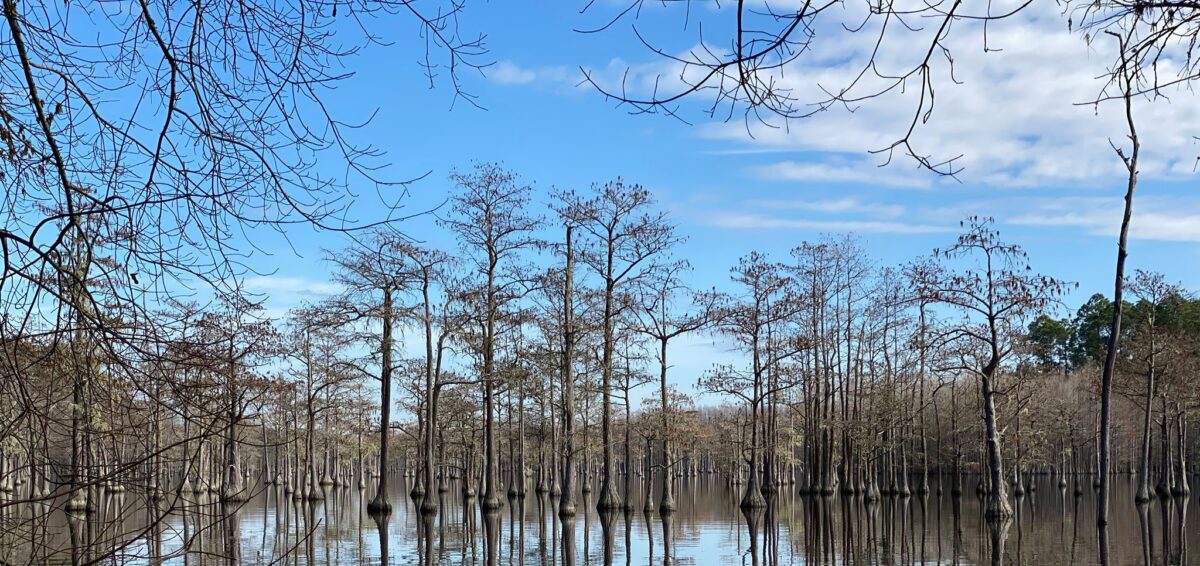Have you ever sat down to a home-cooked meal and heard the cook say, “You may not be able to taste it, but the pasta was cooked in water that may very well be contaminated with a plethora of cancer-causing toxins. Enjoy!” For Georgians who live near a coal plant in Georgia and rely on a well for every drop of water their family uses, there’s a chance that every morsel which came in contact with water from their faucet has been exposed to those contaminants.
Families who rely on a well don’t have other options. In Georgia, 1.5 Million households serve as their own public works department for clean water in their faucets and a properly maintained septic tank field. If the pump breaks or the well goes dry, the expenses are theirs, not the city or county. Counting on a well is a fine art, making families and farmers excellent water conservationists.

What families across rural Georgia do not control is the contamination of their water source from coal ash waste. The landfill where their household garbage is piled up must have a liner that prevents seepage of any waste into groundwater aquifers, nearby streams, and rivers. Those same families are not afforded anything close to that same protection when it comes to coal ash waste.
Georgia’s Democrats in the General Assembly, led by Rep. Robert Trammell of rural Meriwether County, and joined his rural neighbor Rep. Debbie Buckner in Talbot County, and four metro Atlanta legislators, are working together to help protect families and farmers relying on wells for their water. The wide-lens view of HB756 adds a significant measure of protection to municipalities drawing water from rivers and aquifers at risk for coal ash waste contamination.
In short, this bill will serve to better protect all of us from serious health problems resulting from exposure to mercury, lead, arsenic, and a laundry list of other life-threatening toxins that are the end waste of burning coal. This legislation will put an end to Georgia Power’s proposal to leave approximately 50 Million tons of their coal ash waste submerged as deep as 80 feet in groundwater at Plants Hammond, Scherer, Wansley, Yates, and McDonough. Allowing the waste to remain there in unlined disposal pits and ponds will permanently convert Georgia’s water resources into toxic dumping sites benefitting only the company’s shareholders.
Putting coal ash waste in lined landfills, a much safer and secure option for coal ash waste storage, is what Duke Energy in North Carolina is pursuing, as are all utilities in South Carolina. Virginia lawmakers passed a law last year requiring lined disposal of Dominion Energy’s coal as as well. To date, Georgia Power has easily secured the weakest possible standards for storing and monitoring coal ash waste, and expects ratepayers to foot the bill for anything more stringent. As recent news reports confirm, the way coal ash waste has been regulated in our state has been at the detriment of our citizens.
HB756 goes a long way towards putting the health of our water, air, wildlife, and communities, ahead, at last, of Georgia Power’s bottom line. Shareholders have profited mightily from lax oversight of the company’s waste for decades, and long past the time when they should have known better than to simply dump this waste in unlined holes in the ground. It should be their responsibility to clean up the messes they have made across our state, while being held to the highest standards for ensuring that our water and air are not threatened by the toxic residue their plants produce.


 typically stores toxic coal ash waste in unlined pits that aren’t currently subject to federal oversight: 6 million
typically stores toxic coal ash waste in unlined pits that aren’t currently subject to federal oversight: 6 million

